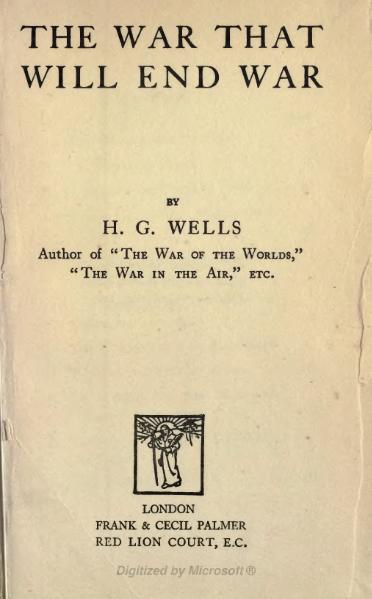Le Moissonneur L'Empereur Travaille

Este desenho de Abel Faivre, aqui em recorte de jornal, foi publicado em 29 de março de 1916. Foi depois incluído, mas com data de 28 de março de 1916, na publicação Jours de guerre, 1915-1919 Nesta publicação a expressão "L'Empereur Travaille" é omitida.

